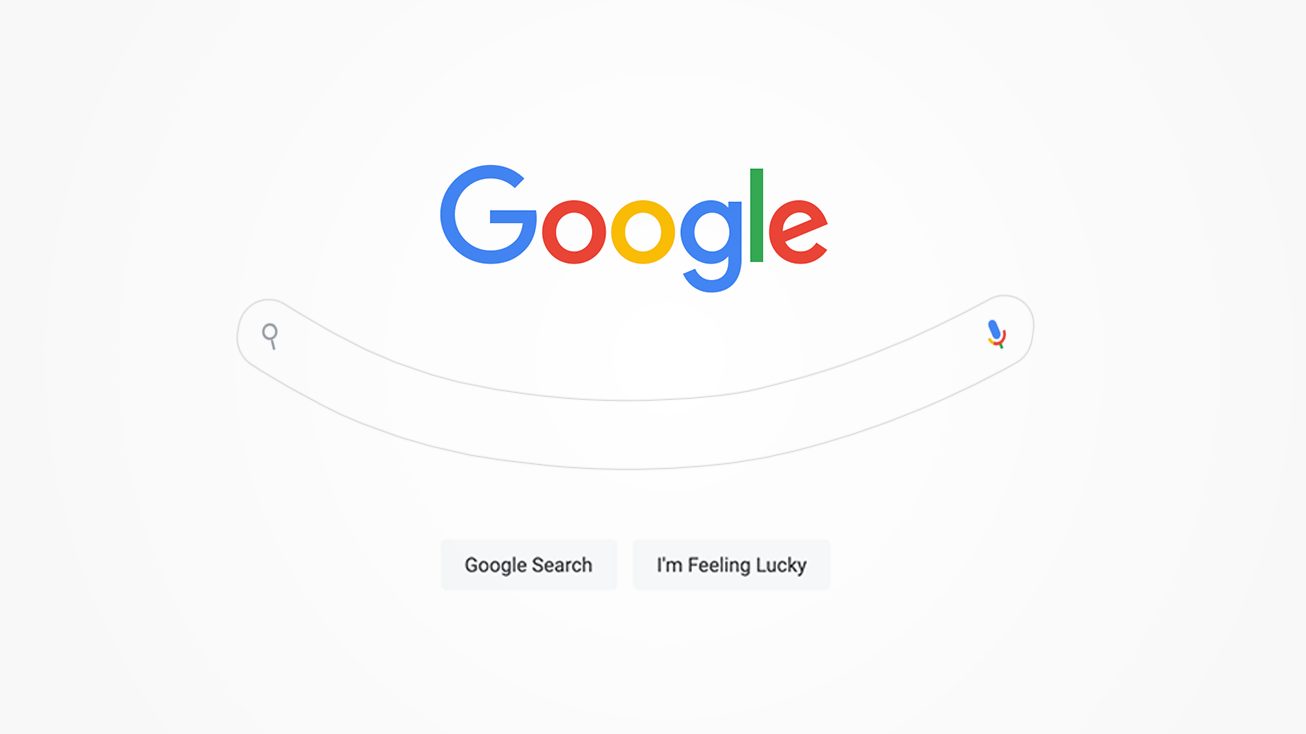In early September, Google finally finished the rollout of their newest content and SEO update framework called “Helpful Content.”
I don’t know about you but does that name seem a little… obvious?
Honestly, that’s because it kinda is.
Even still, it’s helpful to know what we’re dealing with, and why Google is now making these basic guidelines the official order of the day.
Helpful Content landed in September… Did you notice?
As of September 9, 2022, Google officially finished rolling out the Helpful Content update.
Broadly speaking, it breaks down guidelines on content along one simple (and, um… basic common sense?) mantra:
Make your content for actual living human people, not just the algorithm.
Google has spent years telling web content producers to think about real humans in their audience, not just the robots and crawlers looking for keyword density.
As the algorithm gets smarter, it has gotten really good at spotting phony, keyword-stuffed content and pitting it against real, people-focused, and (ok I’ll say it) helpful content. At the end of the day, your content should give your readers a real, actionable, satisfying takeaway while demonstrating first-hand knowledge of the subject matter.
TL;DR: If your content feels phony or like it’s only written for search engines, Google is going to know—and, possibly, punish you for it.
Chances are, you’re already doing what Helpful Content wants.
The Helpful Content update is, at its core, not much more than a rephrasing of all the best practices and common sense guidelines that most content marketers, SEO specialists, and web writers have known and taken to heart for years.
If you’re still sticking to the outdated, black hat methods of content marketing, I seriously doubt this is going to be the thing that sinks your efforts.
New ranking signal alert: helpful vs. unhelpful content.
The biggest kicker to this update is actually the rollout of a brand new site-wide ranking signal that (along with all the other ranking signals) will play a key role in determining the overall value and quality of your site.
This new ranking signal will specifically crawl and assess your content for helpfulness, as well as how human-centric it really is. Content determined to have little value, low-added value or [that] is otherwise not particularly helpful to those doing searches” will lead to your site being penalized.
According to Google, it’s also not enough to simply start producing helpful content either. Any existing “unhelpful” content currently existing on your site will come into play too:
“Any content — not just unhelpful content — on sites determined to have relatively high amounts of unhelpful content overall is less likely to perform well in Search, assuming there is other content elsewhere from the web that’s better to display. For this reason, removing unhelpful content could help the rankings of your other content.”
That means if you have been producing content that’s less-than-ideal for human readers, it might be time for a more thorough content audit… and even eliminating (or seriously updating) past content to match modern standards.
How to protect (and boost) your SEO through the Helpful Content update
If you’ve been sticking to best practices for content creation over the last few years, the Helpful Content update probably won’t make a huge impact on your SEO.
Even still, here are a few helpful tips to help make sure your website is optimized and prepped for the latest from Google:
- Audit, assess, and clean up your back catalog of content. Poor quality content sitting in your library is going to hurt your overall search rankings. That’s why now is the best time to start cutting those lackluster articles or blogs out like a surgeon.Take the time to do a thorough audit of your content library, and consider eliminating anything that doesn’t read well, is stuffed with keywords, doesn’t perform great in search, or just isn’t any good. Or, if you can update and improve it, do that!
- Re-frame your thinking (and experience) around your core topics. You know the saying “stay in your lane?” Google does too, and that’s what they want you to do.If your site or business has unique expertise on one key topic, make sure you’re staying tight to that topic—don’t go straying too far into completely unrelated subjects. If you do need to (or want to) branch out your expertise by tackling a new subject matter, consider creating a new site specifically focused on that.
- Don’t just show your expertise—prove it. First-hand experience and proven expertise have long been critical to Google’s ranking signals (E-A-T, anyone?), and now that is even more crucial.Make sure the people writing pieces for your site have some kind of credential behind what they do. This is where author bios, links to other relevant case studies or experience, and other ways of proving your expertise come in clutch. Otherwise, google is going to think you’re faking it—and that’s not really a great way to make it anymore.
- Make sure your content is actually answering the big questions (truthfully). This may go without saying, but if you’re diving into a big question that doesn’t have a clear answer out there, don’t try providing one just for the hell of it.Google is going to be placing even more emphasis on authoritative, accurate, and evidence-backed information on your site, so be sure any answers or guidance you’re providing is either backed by your own verifiable first-hand experience or based on a broad consensus from the industry. Otherwise, Google won’t think it offers much value to your readers.
- Give your readers a complete experience they’ll enjoy. For website visitors, the reading experience is a lot more than just words on the page.The entire website experience—from navigation to site speed, to overall site architecture (and how easy it is to find content) all play a role, and Google takes it all into account. If you’re not already, think about your content as one part of a greater whole. That way, you (and Google) can be sure you’re covering all of your bases.
Need help making your content Helpful?
At the end of the day, Helpful Content is less about a tectonic shift to the world of web content and more about reinforcing a lot of the best practices that have been major factors in the industry for years.
However, if you haven’t been keeping as close an eye on content best practices as you should (or if you’re just getting your content process up and running now), no need to fear—getting things in line with Helpful Content might be easier than you think. And if you need a hand, our content team and we can help get your content ship sailing on the right trajectory.






